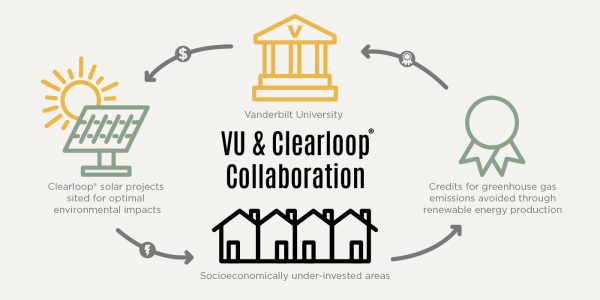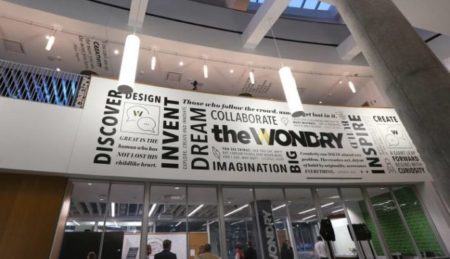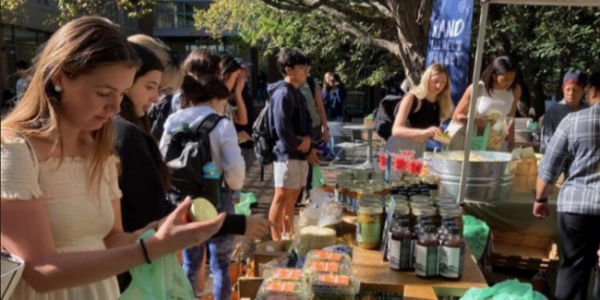Vanderbilt University has expanded access to clean energy in the Southeast while further offsetting the university’s carbon footprint and maintaining its carbon neutrality. This is thanks to the first “flip the switch” on a solar farm developed through the university’s multiyear collaboration with Clearloop, a subsidiary of Silicon Ranch, an alumni-founded solar company based in Nashville.
The location model that Clearloop created provides socioeconomically under-invested areas with access to clean energy. This allows Vanderbilt to be part of decarbonizing the TVA grid and broadening clean energy access across the Southeast—in addition to receiving the offset credits that help maintain the university’s carbon neutrality. Vanderbilt’s investment also spurs additional investment in these areas by helping to signal to other businesses that there is advanced and sustainable infrastructure available.

This new solar farm is in Panola County, Mississippi, a rural and diverse community at the intersection of the Mississippi Delta and the Appalachian foothills. The project will help avoid 128,058 tons of CO2 emissions over the life of the project and serve approximately 1,000 Panola County homes.
Campus celebrations
The solar farm in Panola County is now operational. To celebrate with the university community, Vanderbilt and Clearloop have planned several events on Oct. 15 and 16 to bring the “flavor” of the Panola community to campus and to provide educational opportunities about the collaboration.
Oct. 15
- 11 a.m.–1 p.m. on the Rand Patio
- Farmer’s market for Vanderbilt community members, including educational stations about the solar farm and booths featuring Nashville and Panola County produce and homemade goods.
Oct. 16

- 3–4 p.m. on the third floor of the Wond’ry.
- Learn from experts in the field how this model of creating access to clean energy does more than clear the air in underserved communities.
Panelists include:
- Eric Kopstain, vice chancellor for administration, panel introduction
- Jaclyn Mothupi, panel moderator, director of social innovation at the Wond’ry)
- Joe Azar, Executive Director, Economic Development for Panola County
- Brad Robison, CEO, Tallahatchie Valley Electric Power Association
- Laura Zapata, CEO of Clearloop
- Andrea George, assistant vice chancellor for environmental health, safety and sustainability at Vanderbilt University
- Zdravka Tzankova, associate professor of the practice of climate and environmental studies at Vanderbilt.
Reception to follow in the lobby of the Engineering and Science Building
More clean energy initiatives
Offsetting Vanderbilt’s carbon footprint through high quality, direct investments into grid decarbonization is an important part of Vanderbilt’s sustainability strategy because it offers a practical way to address the university’s carbon footprint in the short term—while investing in the overall decarbonization of the university’s grid as Vanderbilt works simultaneously to lower the amount of carbon dioxide emissions that need to be covered by an offset.
In 2021, Vanderbilt first achieved carbon neutrality decades ahead of its original 2050 goal. All the offset programs listed above, plus additional efforts and initiatives within the university to lower its carbon footprint, contribute to maintaining Vanderbilt’s carbon neutral status. To learn more about Vanderbilt’s sustainability efforts, visit vanderbilt.edu/sustainability and read about how the university’s greenhouse gas emissions have dropped 35 percent since 2016 in the annual sustainability report.
About Clearloop
Clearloop creates carbon solutions for organizations of all sizes, from global corporations to small businesses and educational institutions, to decarbonize the economy, expand access to clean energy and accelerate the development of new solar projects in American communities where optimal economic and environmental benefits can be achieved.
Learn more about Vanderbilt and Clearloop’s collaboration, including student engagement and faculty research:

